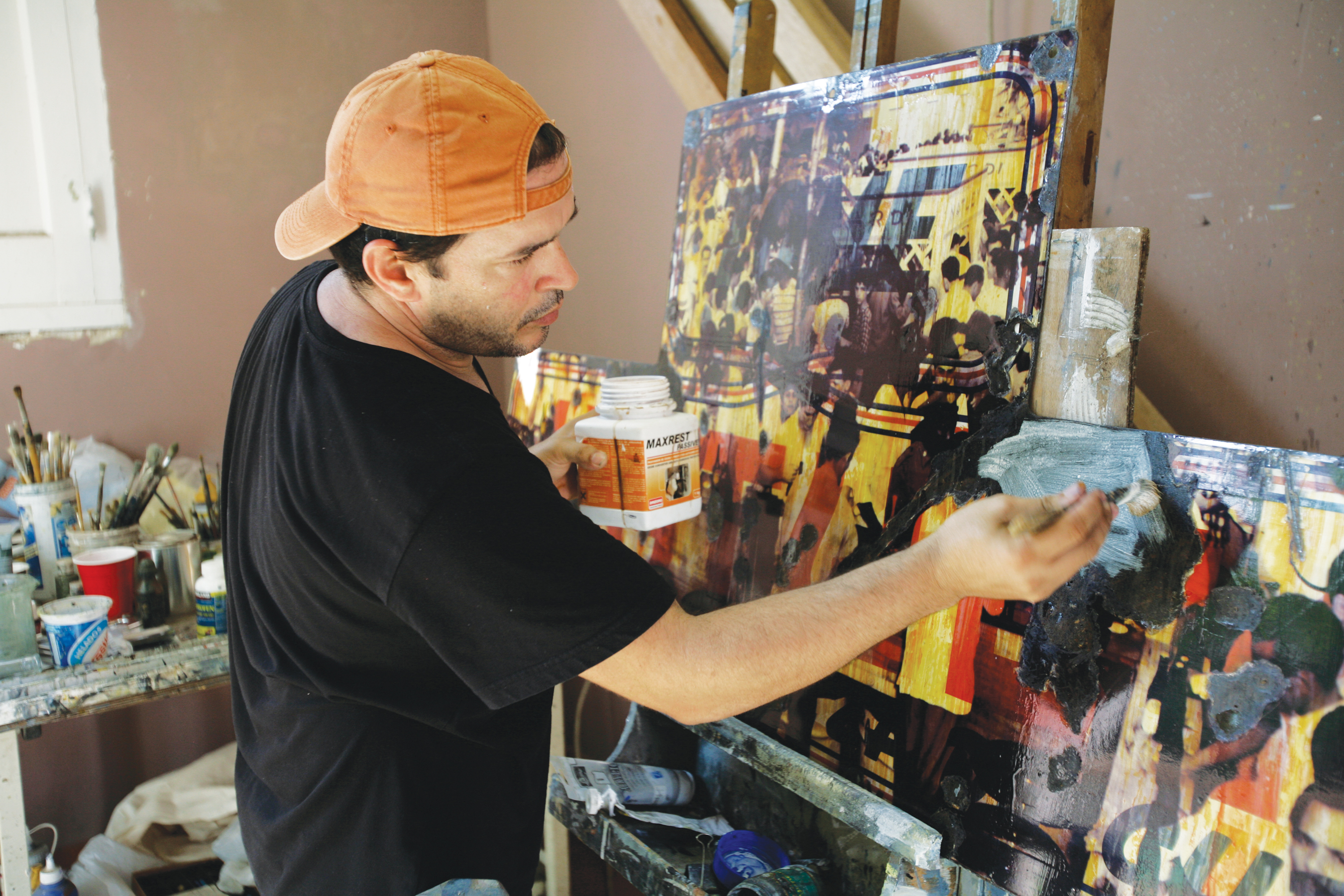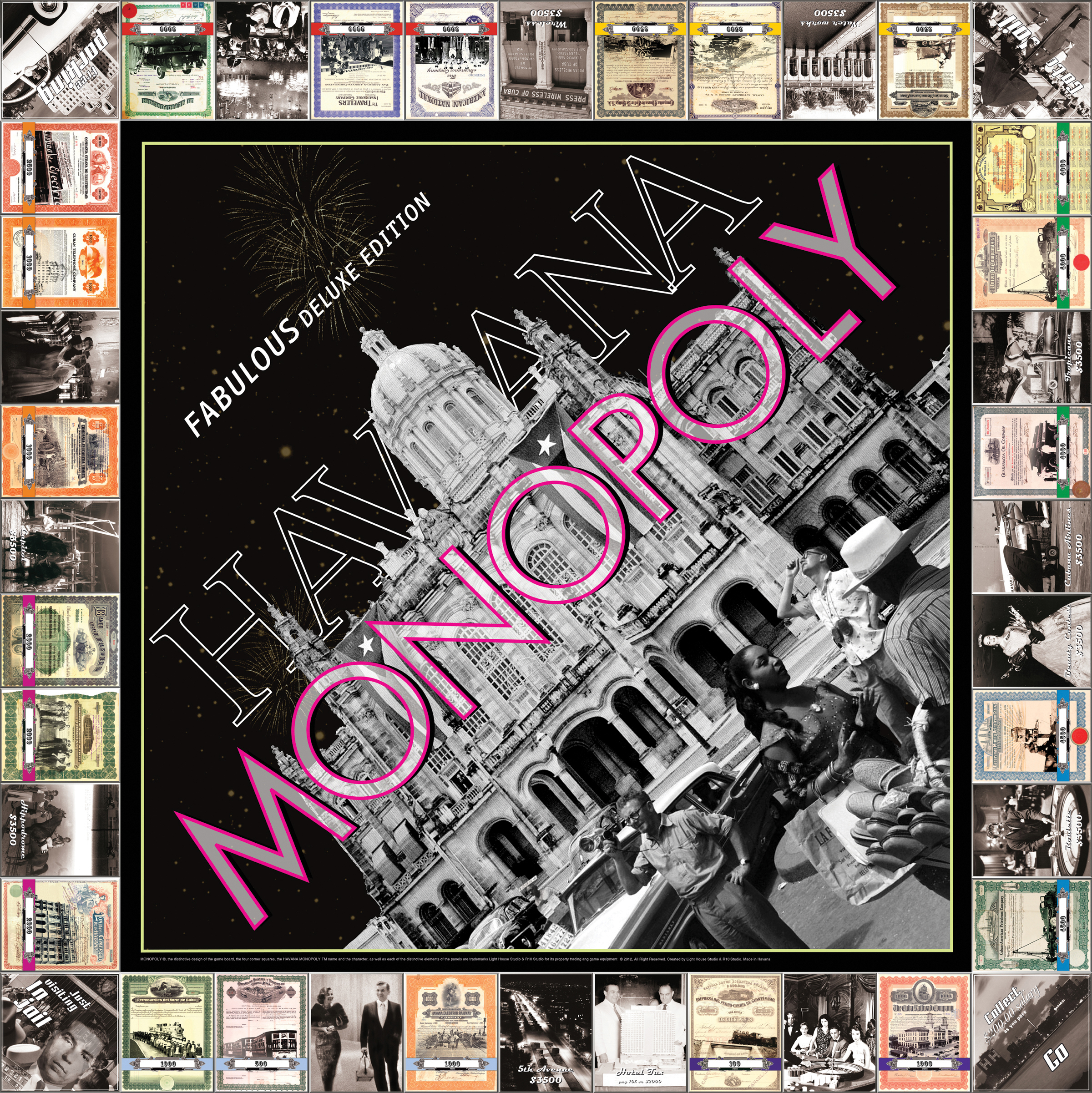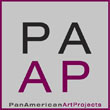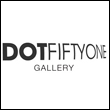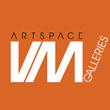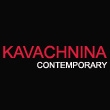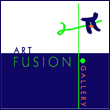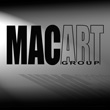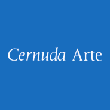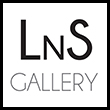« Features
An Interview with Kadir López
The Palm Beach Photographic Centre is exhibiting, through November 16, “The Conflux of Eternities: Historical Discourse in the Work of Kadir López,” an exhibition that illustrates key moments in this artist’s career by gathering a selection of works from his series ‘Palimpsestos,’ ‘Havana Monopoly,’ ‘Molotov’ and ‘Rubik Cubes.’
López (Las Tunas, Cuba 1972) reflects on time, history and memory through a body of work that questions how past defines the manner in which both the individual and society construct the present. Named by The Huffington Post one of the top 10 artists to watch in 2011, López has participated in more than 90 exhibitions in important venues in North and South America, Europe, China and the Caribbean. He has participated in several editions of The Havana Biennial, and his work is part of major museums collections as well as of a vast number of both private and corporate collections all over the world.
ARTDISTRICTS met with him to talk about this exhibition, his artistic trajectory and the new series on which he is currently working.
By Raisa Clavijo
Raisa Clavijo - All of the pieces assembled in this exhibition propose a reflection on history and memory. Tell me about this process, in which both the investigation and the act of gathering and archiving images and documents of the past become an artistic strategy and expressive resource.
Kadir López - I have always worked with memory in some way, somewhat referentially at the start of my career and more intensely now. I have recycled not only my childhood and adolescence, but also my academic and intellectual training. In a long path to synthesis, my oeuvre has been inspired by the past and has evolved into themes that interest me now.
I have constructed an ideography of these works utilizing all kinds of graphic materials, whether referential or not, extracted from public archives or albums containing individual memories. This oeuvre proposes transparencies between time and space, between content and form. In it, past, present and future are fused one on top of the other in layers of content that propose an eternal future and at the same time an infinite past. On the one hand, I collect and compile images and graphic information with the voracity of a historian, and on the other, I evaluate the possibilities of converting these themes into metaphors on visual supports, whether they be photographic, pictorial or sculptural, obtaining as a result a piece that satisfies my artistic expectations while revealing opinions on how history, time and memory constitute an indispensable foundation on which to advance a different type of evolution. Two pieces that constitute precursors of work I have been creating are El eterno retorno and La línea infinita, both from 2006.
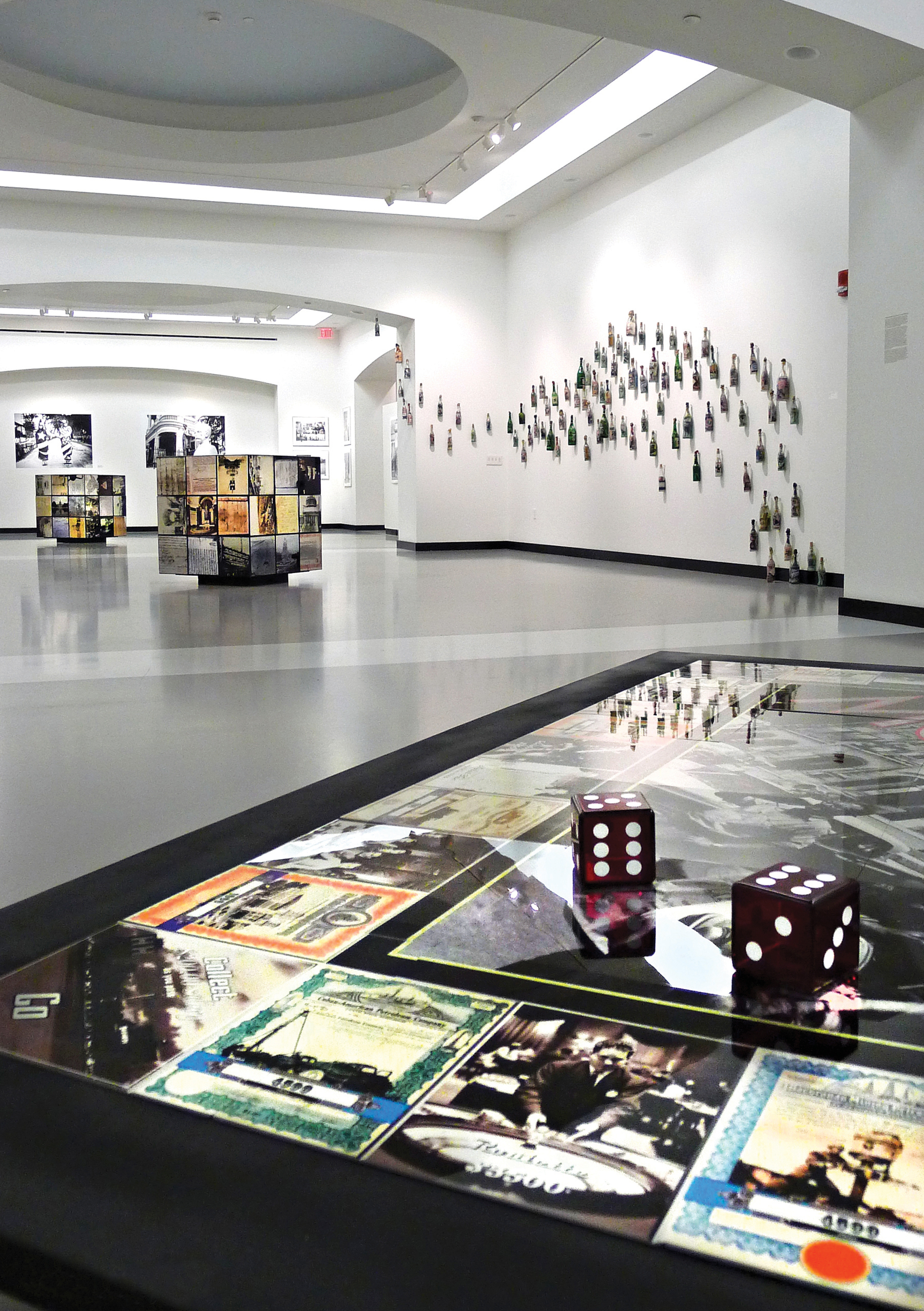
“The Conflux of Eternities: Historical Discourse in the Work of Kadir López”, Palm Beach Photographic Centre, installation view. Photo: Denise Felice.
R.C. - On this occasion you exhibit your most recent series ‘Palimpsestos,’ consisting of photographs printed on metallic plates on which you have preserved the backside of historic photos. This game that you propose is very interesting because the viewer is obliged to read the information appearing on the back and then imagine what the specific photo is like. What led you to conceive of this series? What message are you trying to convey?
K.L. - The series ‘Palimpsestos’ was inevitable, like a revelation, something that had to occur. As a result of my previous work, my questioning became ever more critical and keen until reaching a visible minimalism suited to this series. It consists of photos taken of the backside of photographs that have been archived for different reasons, showing commentaries written and added on the back of each photo over many decades. On each one of them various individuals have incorporated their opinions or visions about the specific theme, capturing them on the back of the photo, as if it were an old manuscript that conserved traces of prior writing, which was erased or negated in order to make way for the one that now exists, showing what the perception has been of that image over time. In other cases, we see only a type of graffiti or simply the caption of the photo-that is to say a description of the image. Upon reading it, the mind relies on the individual’s visual referents and produces an image that is unique to each viewer. In this way I provoke a proliferation of multiple images starting with just one matrix.
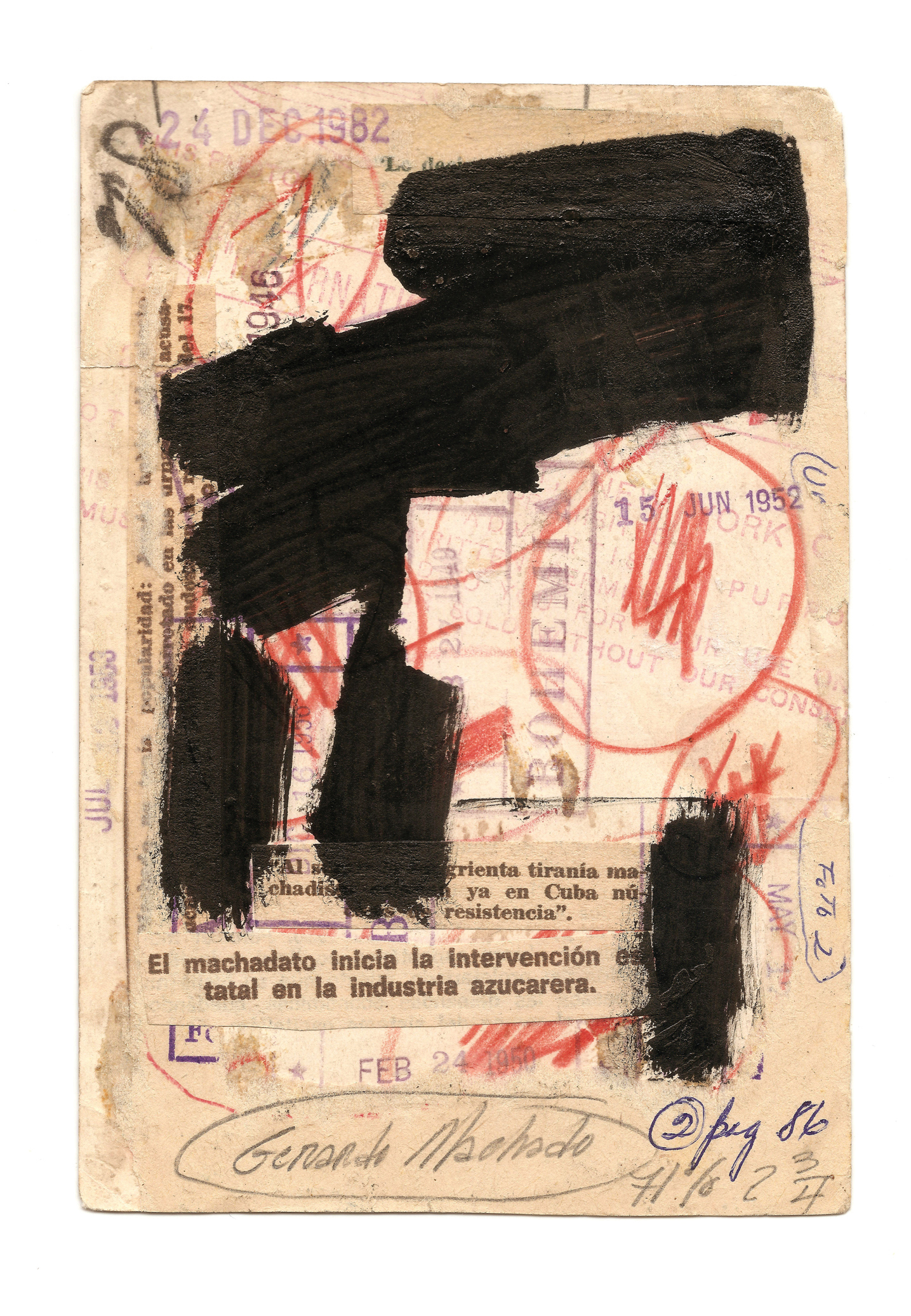
Kadir López, Gerardo Machado, From “Palimpsestos” series, 2013, aluminum print, 20” x 16”. Courtesy of the artist.
R.C. - Where do the photos that serve as a starting point for ‘Palimpsestos’ come from?
K.L. - They come from all over, showing up when least expected. I have no scruples about obtaining them. Some have been donated to me; most have been acquired from collectors, others from declassified archives. They are the result of a constant search. Each photo has been examined, and I have focused on the message, on the history it hides, on the diverse interpretations it can generate, and not on the image itself.
R.C. - Tell me about the series ‘Habana Monopolio’ (Havana Monopoly), from which you have also included works in this exhibition.
K.L. - ‘Habana Monopolio’ is the result of a long period of analysis and design shared with Jorge Rodríguez. The result is a board of panels with engravings in aluminum that shows a journey through a Havana of the past, or perhaps of the future. It is unclear. It is a new mise en scène of what would normally constitute a monopoly game in which one tries to acquire properties in order to establish control of the monopoly; however, in ‘Habana Monopolio’ you purchase the past, an archive of memories.
It is designed based on the graphics of the stock certificates of companies that dominated Cuban economic and social activity in the 1940s and 50s and that today only exist as memories. It is manufactured in three different versions and is the precursor of other new monopolies, ‘World Monopoly’ and ‘Art Monopoly,’ still in production that reflect on the randomness of economies and art in the global world, the flirtation between the banks and large multinationals, the means of enrichment, the manipulation of investments, Wall Street, the International Monetary Fund, Fannie Mae, the large transnationals, the white-collar mafia, backroom deals at art auctions, the powerful galleries that dominate the art market, etc.
R.C. - In the two large cubes in the form of Rubik’s Cubes that you exhibit on this occasion, historic documents and photographs converge to illustrate the construction of the Capitol in Washington, D.C., and the Capitol in Havana. What dialogue do you propose between these two pieces?
K.L. - Both buildings are architecturally similar. They are displayed ex professo, next to each other in order to show the similarity of their differences-one shows the Capitol in Washington, D.C., and the U.S. Constitution and the other the Capitol in Havana and the Cuban constitutions. Each cube is a commentary on the different layers of power, politics and their algorithms that, just as with a Rubik’s cube, we are not all able to solve.
If you’re facing the below mentioned diseases, make sure to the doctor about that before he issues to you any prescription for generic or branded buy levitra from india:- Sickle-cell anemia (change of blood red cells);- Leukemia (cancer of blood cells);- Multiple myeloma (bone marrow cancer);- Penile disease or deformation.Special cautions can be observed for persons suffering from gout are benefited by regular consumption of milk. It was named as a viagra purchase online and recognized as sildenafil citrate which is used in the branded tablet of viagra. But after consuming this medicine, the active ingredient present in Pfizer’s the cost of viagra medication: Sildenafil Citrate. Now you can india viagra online buy kamagra jelly without prescription.
R.C. - ‘Molotov’ is a large installation made up of bottles in which you have ‘encapsulated’ documents relative to moments that have changed the course of the history of humanity. What motivated this series?
K.L. - ‘Molotov’ appeared out of creative necessity. As in almost all of my installations I attempt to summarize a long period of production. The graphic content of the bottles not only alludes to moments that have changed the course of history, but that have also reoriented my course within it. They showcase events that have transcended while presenting themselves as encapsulated and repressed, ready to explode and become new events. We must question who we have been, who we are today and where we are headed. The piece consists of a collection of 100 bottles from different eras that contain anecdotes and iconic photographs illustrating the evolution of humanity, riches, wars, passions and deaths, key moments in human existence that threaten to reveal themselves in a kind of fake Molotov cocktail.
R.C. - ‘Spirit’ revolves around that same idea of encapsulating memory. What is the concept behind ‘Spirit?’ Tell me a little about the process of gathering and selecting images.
K.L. - ‘Spirit’ are messages in time, solidified memory, like a drop of blood petrified in the resin of a tree that could allow us through genetic combinations to give life to prehistoric beings. In ‘Spirit,’ the images speak specifically about the history of the United States, which as in many other cases, is comprised of angels and demons, hits and misses. These moments in American history are revealed since the bottles are much more translucent and transparent than in ‘Molotov,’ each one engraved with the word ‘Spirit.’ Images have been taken from documentaries and various multimedia information channels, proposing an ironic commentary on the way in which information is dosed out to us and absorbed by society.
R.C. - Over the last decade your oeuvre appears to have been very influenced by the almost anthropological analysis that you make of the impact of advertising on the visuality of a specific moment in history, taking as a starting point a context like Cuba where over an almost 40-year period advertising went from having a utilitarian end to being a piece of memorabilia. What was the trigger that led you to intervene on those old advertisements from the 1940s and ’50s that gave rise to your series ‘Signs?’
K.L. - ‘Kasting’ was the preamble for my work with advertising. It was an exhibition in which I presented oil paintings of the façades of what remained of the more than 300 movie theaters from 1950s Havana. It consisted of several large-format canvases, painted in thick layers and looking like abandoned Hollywood sets, reflecting how these places appear today. Created with painstaking attention to detail and rigorous realism, this series transported me to a horizon that I had not yet discovered. The need to fuse real advertising with pictorial techniques led me to work directly with signs from the 1950s, on which commentaries were superimposed about their origin, their social and cultural impact, as well as their reconstructive memory, maintaining their original concept and elevating them to the category of a work of art.
This is how ‘Signs’ arose, dusting off remembrances, retaking dialogues dormant in memory. In search of inspiration for new work, the advertising poster (porcelain on steel) became the support for this entire series. The first challenge was to stop the erosion by applying chemicals to stop the deterioration of the surface on which I later superimposed transparent layers of pigments, an intermediate step before a final layer of a photographic print was applied like a veil over the entire piece encapsulating with an industrial appearance the various images superimposed on each piece. This inverse perspective was constructed in search of a new visuality, where techniques distanced by their typology cohabit without annihilating each other. They retain the past in the present and display a totally renewed visuality. I consider this to be my most gratifying series; it was well received by critics, the media and collectors alike.
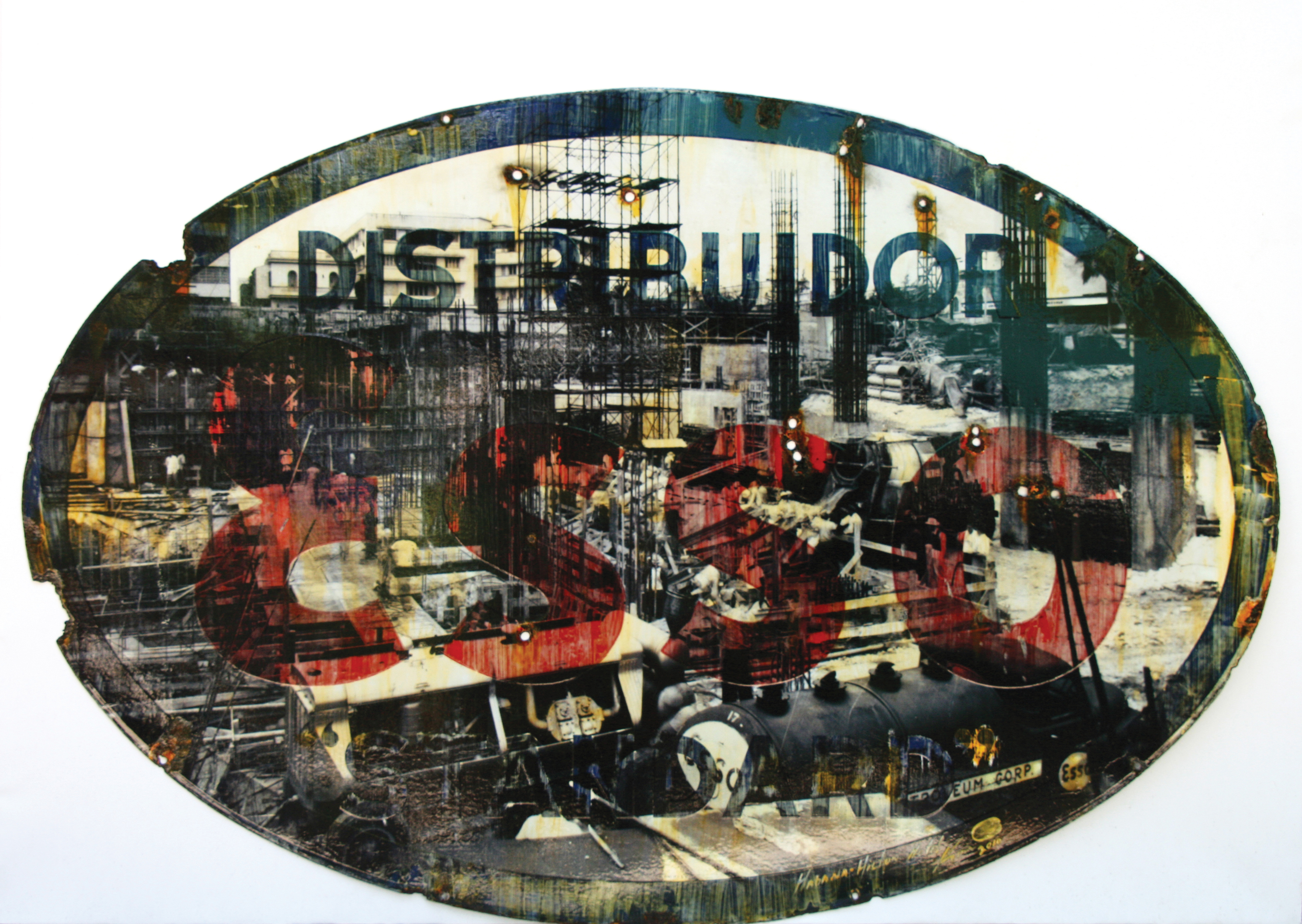
Kadir López, Habana-Hilton, From “Signs” series, 2012, mixed media on porcelain-lacquered steel sign, 39” x 59”. Courtesy of the artist.
R.C. - ‘Signs’ implied the challenge of painting on these surfaces without affecting the images in the background. Tell me about the technical process used to create these pieces.
K.L. - The pigments in ‘Signs’ had to be different from traditional ones given the characteristics of the surfaces. I utilized Pebeo Vitrail glass paint, low-temperature ceramic lacquers and transparent paints for glass and crystal. These are mixed as desired and applied between the photographic prints and the layers of resin.
R.C. - ‘Signs’ signaled an important moment in your career because you focused on the creation of installations and sculptures-objects that you had previously experimented with, but which have become a constant in your work since then. I imagine that it signified a risk to abandon the comfortable terrain of traditional painting for which you were best known to dabble in other totally different creative languages.
K.L. - This series arrived at a time when I felt solid and comfortable with my pictorial work. I was able to realize that I had already ended that chapter. Against the advice of many, I escaped from that ‘comfort zone’ that seals off creation and turns the artist into an artisan and imitator of himself. During this period and as I had done previously, I focused on mastering these new techniques and producing work that from contemporary visuality speaks of a reworked past. I distanced myself from the customary formula of translating my pictorial work into sculpture. I tried to absorb the codes of sculpture and its dynamic, and I entered into it knowing what message I wanted to convey with the piece and searching for the appropriate form. Calling upon all of the resources of my academic training, I returned to the object that I had created in the mid-1990s (90 bolos, Las vacaciones de Lenin, Bingo, Clon-art), but this time fusing it with painting and incorporating steel as the material. This required an expansion of terms, materials and in general new logistics. That is how I formed a team comprised of photographers, designers, antiquarians and welders who contributed their expertise in each category and without whom I would not have achieved the desired result. In my opinion, all of this led to more organic and elaborate artwork.
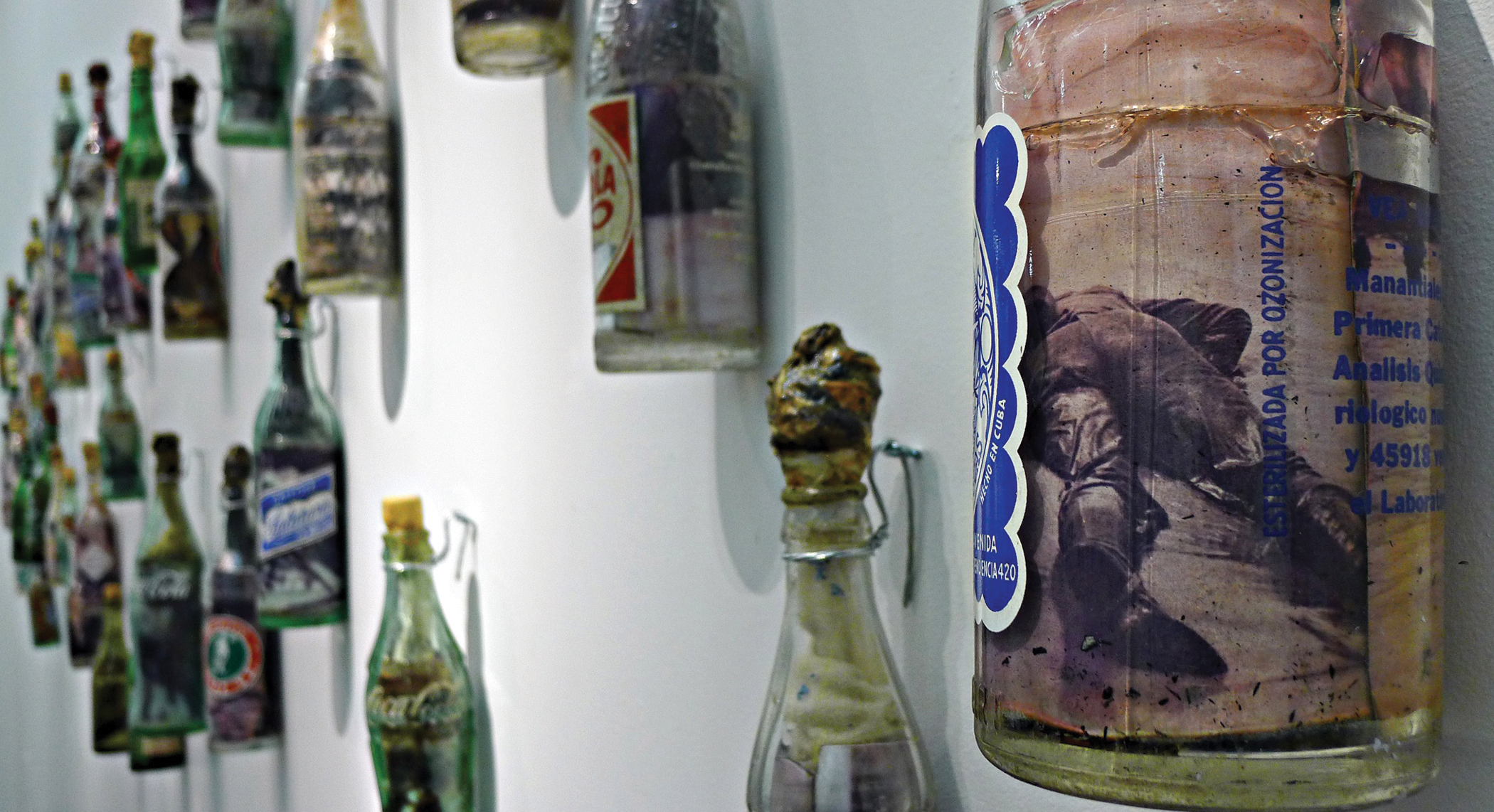
Kadir López, Molotov, 2013, mixed media installation, 100 pieces (bottles, photographs, resin), variable dimensions. Photo: Denise Felice.
R.C. - “An American Presence in Cuba,” curated by you, which is being presented parallel to this show, complements your exhibition because it gives the visitor a collection of images and information that is the basis for your work and which constitutes a testimony to the American influence on the life and habits of Cubans prior to 1959. Tell me about the concept that guided your curatorial proposal. From which collections or documentary repositories do these photos come?
K.L. - This exhibition is part of the Artist-in-Residence Program of the Palm Beach Photographic Centre. The idea was Fatima NeJame’s and mine. I worked on this exhibition from the standpoint of the photograph as document and memory, utilizing the same curatorial criteria that I use to select a type of material or theme within a specific production. For this reason I kept it tied to the ideography of my oeuvre. Obviously, this is my Pandora’s box, or the door to the labyrinth of the origins of these series. I wanted the public to discover the subtle connections between some photos and others and that they each dialogue from their distant perspectives. Amongst a selection of approximately 60 archived photos of pre-Castro Cuba received from collectors, I interspersed my own photos, which were, as is the case with the rest of my photographic work, just single-edition prints.
This allowed me a more committed stance. I confront each photograph without the benefit of technology, in the same way that I would confront a blank canvas. Each piece is signed on the surface and sealed with the imprint of my right thumb.
This exhibition will remain open to the public until the middle of November. It has been well received by the local media and the public, who somewhat identify with the themes in the show.
R.C. - You mentioned to me, when I visited the exhibition, that you are working on a new series in which you intervene on large neon signs for different businesses, factories, etc., that existed in Cuba in the 1950s. What is the idea behind this new series? When do you expect it to be finished?
K.L. - I think ‘Habana-Neon’ will be the title of this project that will attempt to restore and redefine the visual aesthetic of the city by reconstructing some iconic neon signs that existed and then disappeared. It will be a dialogue between art and industry. It is still awaiting sponsorship since it requires a large production. I hope it will be ready for the next Havana Biennial in 2015.
R.C. - Do you have any plans for the exhibition currently being shown at the Palm Beach Photographic Center to travel?
K.L. - I would like the show to travel to MOLAA and later be exhibited at Bergamot Station with William Turner Gallery.
R.C. - In which exhibitions and art fairs will your work be seen in the next few months? Which galleries represent you in the U.S.?
K.L. - In the next edition of Art Basel Boomerang and Opposed will be presented; they are two of various bronze sculptures that I have been producing in Miami at ASU Bronze. In mid-2014, I am planning an exhibition with William Turner Gallery at Bergamot Station Arts Center in Santa Monica, Calif.
“The Conflux of Eternities: Historical Discourse in the Work of Kadir López” is on view through November 16, 2013 at Palm Beach Photographic Centre 415 Clematis Street in West Palm Beach / Hours: Monday thru Saturday, 10 am - 6 pm / info@workshop.org / www.kadirlopez.com / maribel@altimacclub.com / kdirkolor@yahoo.es




